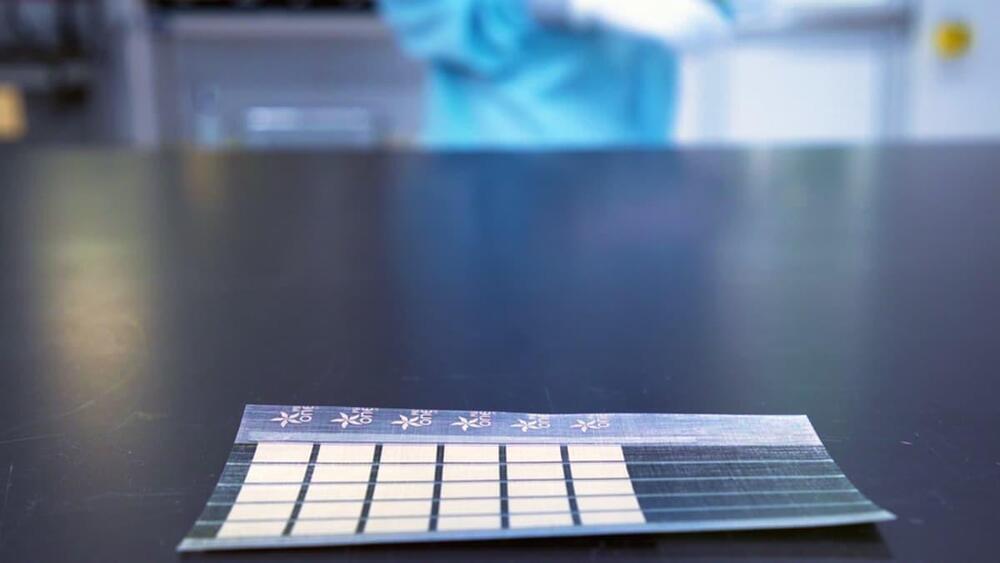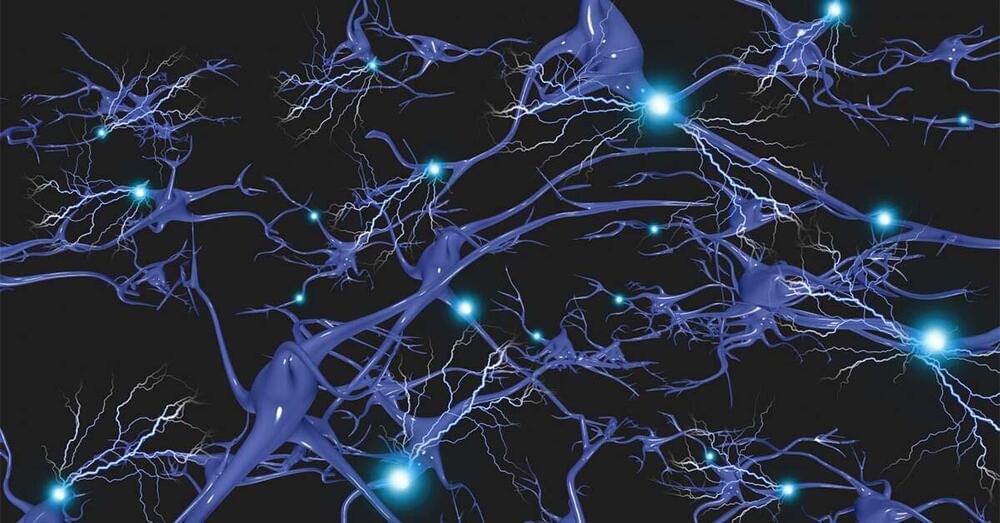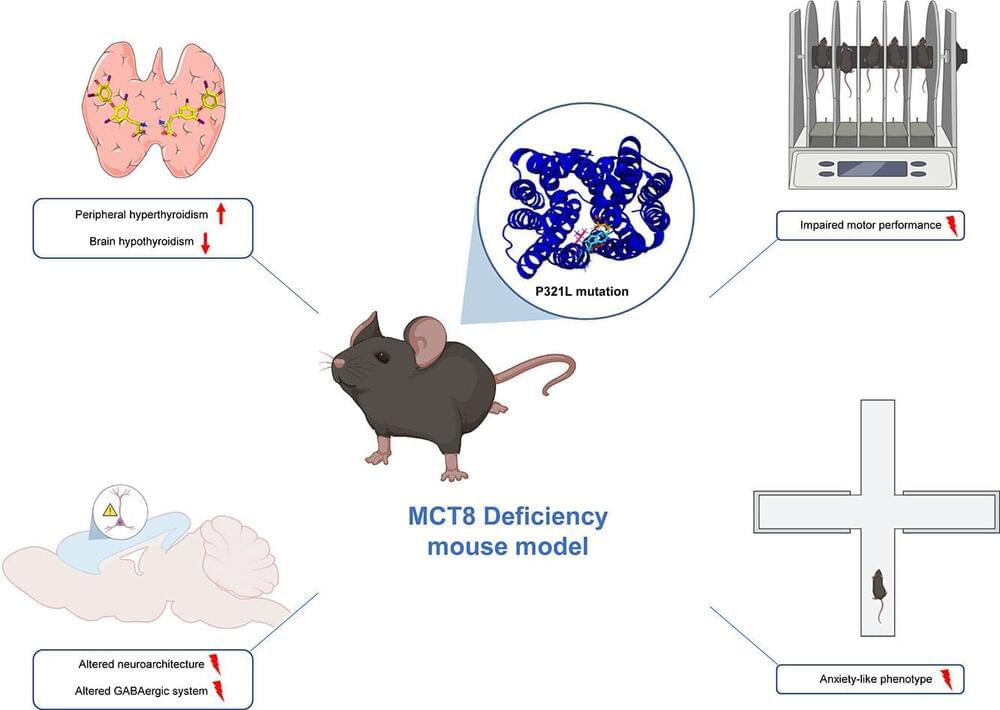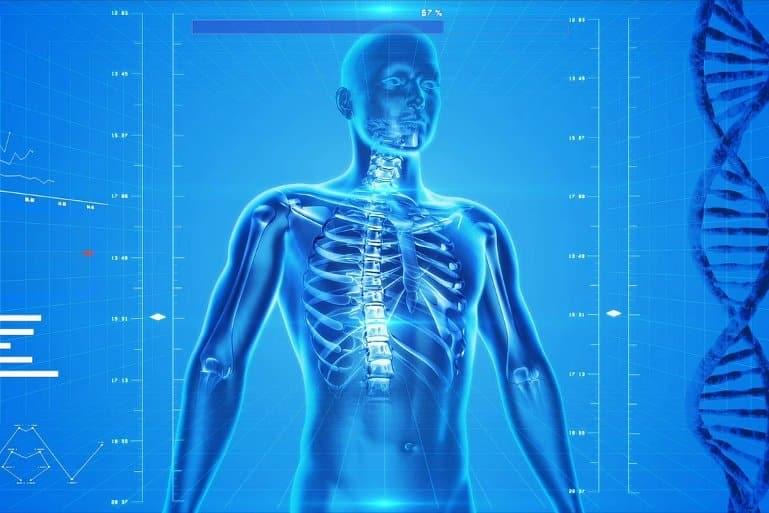Clean energy will reduce dependency on Russia and Arab countries for oil and gas.
What if the weight could instead be distributed between multiple support poles? That’s the design Eolink has in mind; its floating turbine swaps out the single large pole for four thinner ones angled towards each other in a pyramid shape. This not only distributes the weight of the turbine’s pieces, it allows the whole structure to be lighter.
The turbine Eolink plans to build as a proof of concept will have a generating capacity of five megawatts and weigh 1,100 tons. Its base will be a square with each side 171 feet (52 meters) long, and its rotor’s diameter will be 469 feet (143 meters). For reference, that’s about one and a half Big Bens, or four-fifths of the Washington Monument.
You wouldn’t think that such a huge piece of machinery would be simple to build and transport. But compared to conventional offshore turbines, Eolink’s design does carry a myriad of advantages in terms of both cost and ease.






